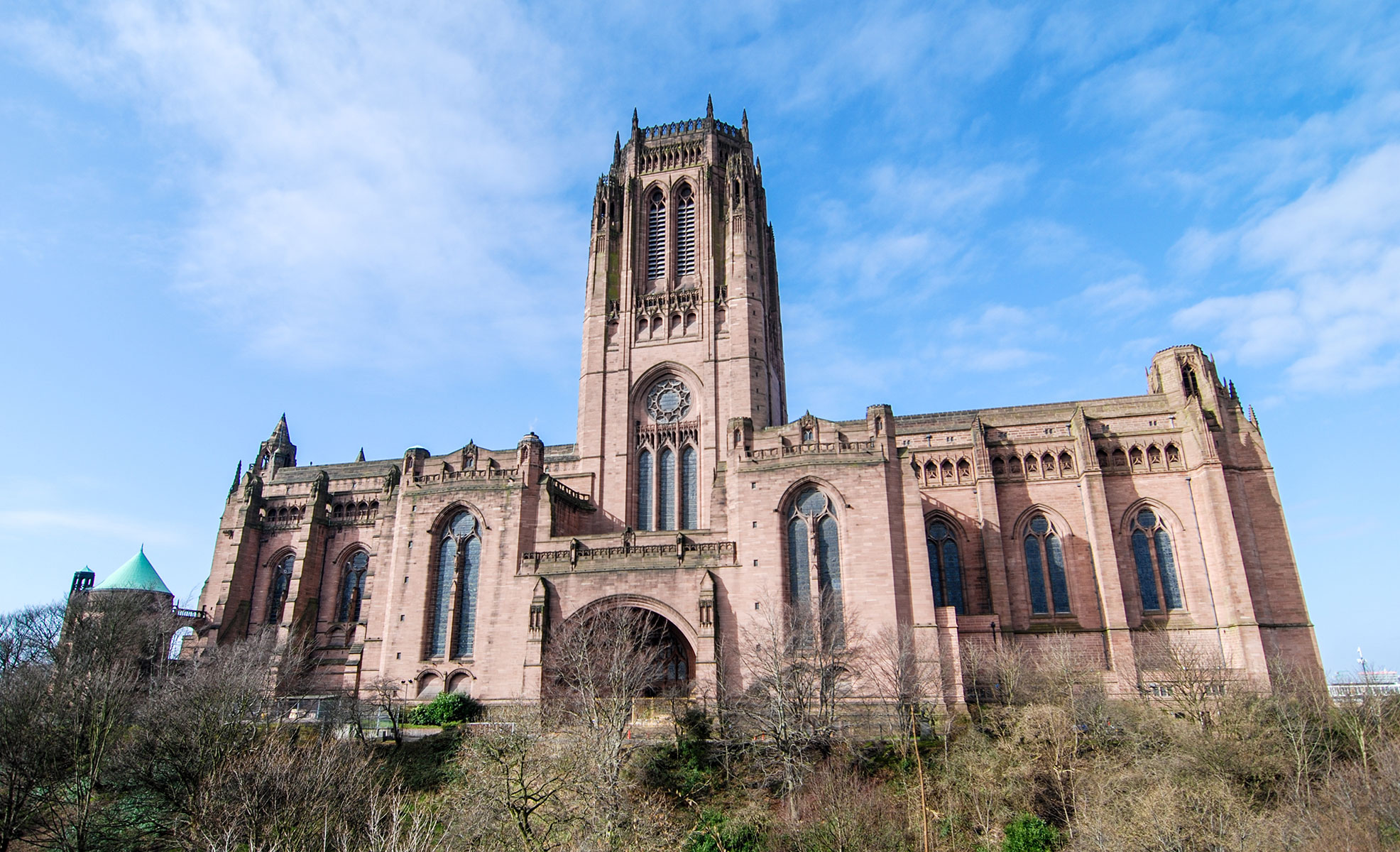
Take a chance on genius.
In 1901 the diocese of Liverpool launched a competition to select the architect of a new cathedral.
It drew entries from leading practicioners of the day, including Charles Rennie Mackintosh and the noted church architect, Temple Moore.
Not only was it one of the largest building projects of the time but was only the third opportunity to build an Anglican cathedral since the reformation (St Paul’s in 1666 and Truro in 1880).
The competition drew in 103 entries and the winner was chosen in 1903.
The surprise victor was a Roman Catholic 22 year old with no buildings to his credit.
His name was Giles Gilbert Scott and all he had on his CV was the design of a pipe rack which his sister had built.
He was a pupil in the aforementioned practice of Temple Moore and had to work on his entry in his own time.
In 1910, Scott changed his mind on the design and had to persuade the committee to allow him to start again (even though some of the stonework had been laid). He simplified the building, doing away with the majority of Gothic styling and changing it from a twin towered structure to a single, central tower.
Although the main body of the cathedral was completed and consecrated in 1924, it wasn’t finished until 1978, 18 years after Scott’s death.
This was a significant project, awarded to a young novice, who changed his designs after winning the commission and that took 75 years to complete.
On the face of it, a disaster and something to make all you procurement managers out there shudder.
But should it?
Scott changed his plans because he didn’t want a Gothic revival that had gone out of fashion the previous century but knew he couldn’t win the competition with a modern design.
He, along with the rest of the nation’s fit and able young men went off to fight in the First World War (he was a Major in the Royal Marines in charge of building sea defences in the English Channel) and this obviously had an effect on available manpower, resources and finances. This then obviously repeated itself a few years later in 1939.
The man was a genius who not only designed some of our greatest buildings (Battersea Power Station, Bankside Power Station (now Tate Modern) and closer to home, The Chapel at Bromsgrove School but he also designed the iconic red telephone box.
Not a bad little portfolio and it all began because someone took a chance on a total outsider.
Think about that next time you’re drawing up a list of agencies you want to see.
Don’t just pray you’ll see the answer, actively seek it out and shake things up from time to time, you may just be unleashing a creative genius.